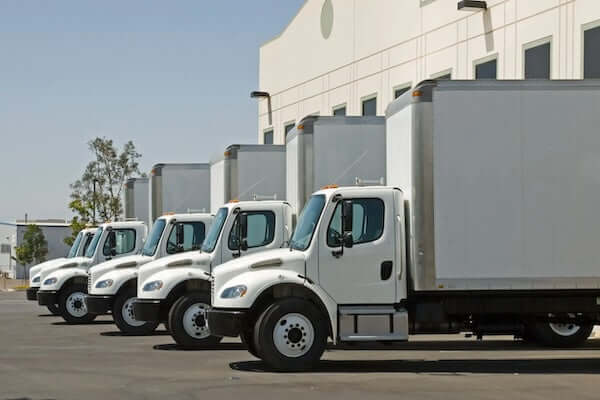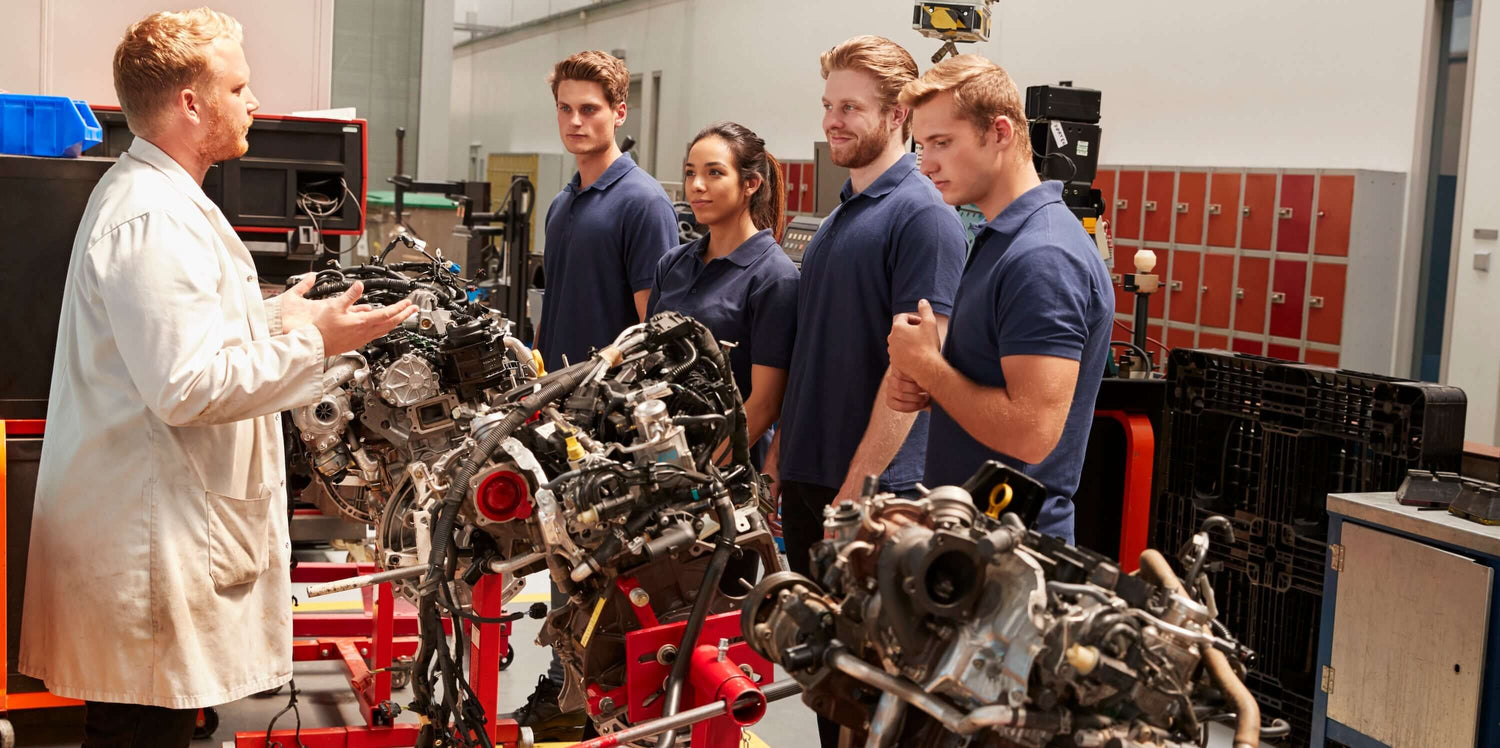Replacing the engine in a Ford Escape is a complex task that requires mechanical knowledge, the right tools, and careful attention to detail. Below is a step-by-step guide to help you through the process. If you're not experienced with engine replacements, it’s highly recommended to consult a professional mechanic.
Tools and Materials Needed
-
Socket set and wrenches
-
Jack and jack stands or a hydraulic lift
-
Engine hoist (cherry picker)
-
Engine stand (optional)
-
Screwdrivers (flathead and Phillips)
-
Pliers
-
Torque wrench
-
Drain pan
-
New engine (compatible with your Ford Escape model)
-
Gaskets, seals, and fluids (oil, coolant, etc.)
-
Shop towels or rags
-
Safety gear (gloves, safety glasses)
Step-by-Step Guide
1. Prepare the Vehicle
-
Park the Vehicle: Park the Ford Escape on a flat, stable surface.
-
Disconnect the Battery: Remove the negative terminal of the battery to prevent electrical shorts.
-
Drain Fluids: Drain the engine oil, coolant, and transmission fluid using a drain pan.
-
Remove the Hood: If necessary, remove the hood for better access to the engine bay.
2. Disconnect Components
-
Remove the Air Intake System: Disconnect the air filter housing and intake tubing.
-
Disconnect Electrical Connections: Label and disconnect all electrical connectors, including sensors, alternator, and starter wiring.
-
Remove Belts and Pulleys: Loosen the serpentine belt and remove it from the pulleys.
-
Disconnect Fuel Lines: Carefully disconnect the fuel lines and cap them to prevent leaks.
-
Remove Exhaust Components: Unbolt the exhaust manifold or downpipe from the engine.
-
Disconnect Cooling System: Remove hoses connected to the radiator, heater core, and water pump.
-
Detach Transmission: If the transmission is connected, unbolt it from the engine and support it with a jack.
3. Support the Engine
-
Attach the Engine Hoist: Secure the engine hoist to the engine using lifting points (usually found on the engine block or cylinder heads).
-
Support the Transmission: If the transmission is still attached, use a transmission jack to support it.
4. Remove Engine Mounts
-
Locate Engine Mounts: Identify the engine mounts that secure the engine to the chassis.
-
Unbolt Mounts: Carefully unbolt the engine mounts while ensuring the engine is properly supported by the hoist.
5. Remove the Engine
-
Lift the Engine: Slowly lift the engine out of the engine bay using the hoist. Be cautious of any remaining connections.
-
Clear Obstacles: Tilt the engine as needed to clear the engine bay and surrounding components.
6. Install the New Engine
-
Prepare the New Engine: Inspect the new engine and replace any gaskets or seals as needed.
-
Lower the Engine: Carefully lower the new engine into the engine bay using the hoist.
-
Reattach Engine Mounts: Secure the engine to the chassis by reattaching the engine mounts.
-
Reconnect Transmission: If the transmission was removed, reattach it to the engine.
7. Reconnect Components
-
Reconnect Electrical Connections: Reattach all electrical connectors, sensors, and wiring.
-
Reinstall Belts and Pulleys: Reinstall the serpentine belt and ensure it’s properly routed.
-
Reconnect Fuel Lines: Reattach the fuel lines and ensure they’re secure.
-
Reattach Exhaust Components: Reconnect the exhaust manifold or downpipe.
-
Reconnect Cooling System: Reattach all hoses and refill the coolant.
-
Reinstall Air Intake System: Reconnect the air filter housing and intake tubing.
8. Refill Fluids
-
Engine Oil: Refill the engine with the recommended oil type and quantity.
-
Coolant: Refill the coolant system and bleed any air pockets.
-
Transmission Fluid: If the transmission was disconnected, refill it with the appropriate fluid.
9. Test the Engine
-
Reconnect the Battery: Reattach the negative terminal of the battery.
-
Start the Engine: Turn the ignition and check for any leaks, unusual noises, or warning lights.
-
Test Drive: Once the engine runs smoothly, take the vehicle for a short test drive to ensure everything is functioning correctly.
Tips and Warnings
-
Label Everything: Label all disconnected components to make reassembly easier.
-
Torque Specifications: Use a torque wrench to tighten bolts to the manufacturer’s specifications.
-
Safety First: Always wear safety gear and work in a well-ventilated area.
-
Consult a Manual: Refer to the Ford Escape repair manual for model-specific instructions and torque specs.
If you’re unsure about any step or lack the necessary tools, it’s best to seek professional assistance. Engine replacement is a significant task, and improper installation can lead to costly damage. Let me know if you need further clarification!





